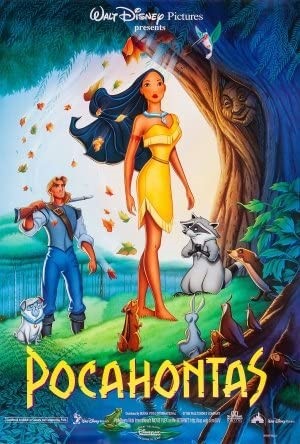
In Pocahontas, the animosity between Meeko, the Native American raccoon and Percy, the English pug is a microcosm of the conflict between the Native and English humans. The animals are comic foils, providing family-friendly slapstick relief from human violence. However, the inclusion of animals adds meaning beyond just comedic value. The animals and humans both end their fighting before the film concludes, reinforcing the moral message of cultural understanding by duplicating a story of the acceptance of difference. Yet, the animals achieve this earlier than the humans and on a more profound level. Percy integrates with his new environment and his peers whereas the English remain separate from both. The animals receive a happy ending in contrast to the Englishmen who fail to connect to nature and fellow man due to their aggressive commodification of the landscape in their search for gold.
Both of the concluding truces are presented through costuming. Percy and Meeko swap cultural attire, Percy donning traditional Native clothing and Meeko wearing Percy’s collar. This mirrors Powhatan’s gesture of draping a Native garment over Smith, signifying acceptance.
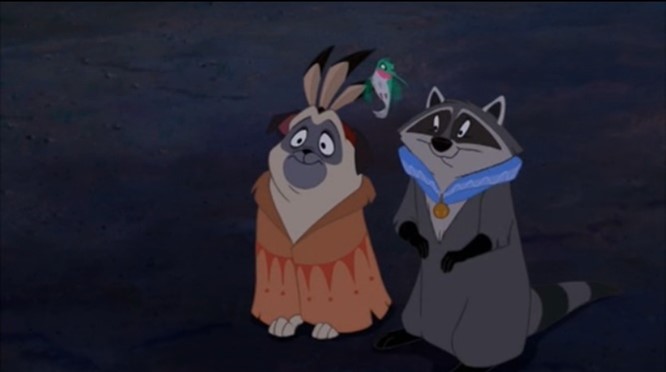
Figure 2 – Percy and Meeko swap outfits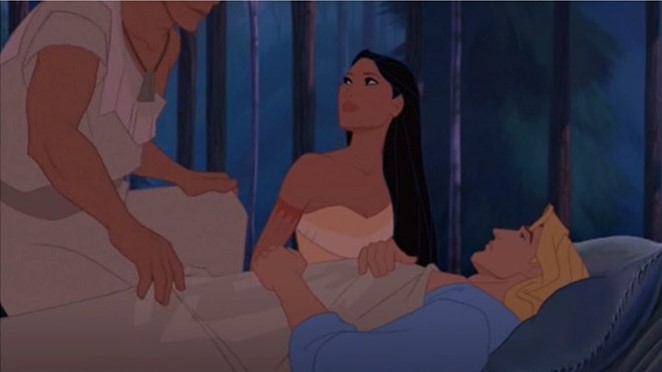
Figure 3 – Chief Powhatan drapes a Native garment over Smith
However, the animals’ reciprocity in comparison to the one-sided human gesture portrays a deeper connection between Meeko and Percy. Whereas Smith’s injury prevents him from engaging in the symbolic cultural integration, the animals embrace each other. These contrasting conclusions are further exemplified through props. The animals frame the edges of figure three’s mise-en-scene and Pocahontas’ mended necklace is placed centrally, symbolising a healed bond between the opposing sides. The human’s connection lacks in comparison as the colouring and character positions in figure five mirrors that in figure four, yet a gap is left between the two sides.
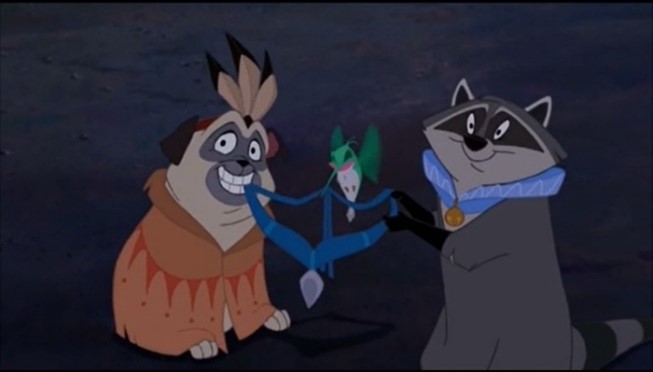
Figure 4 – Pocahontas’ necklace is mended and held by the animals, symbolising their healed bond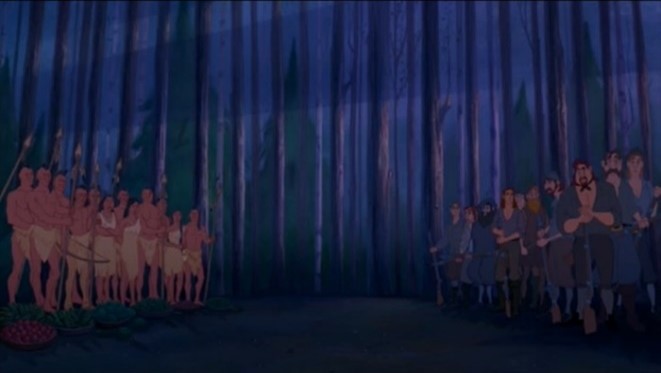
Figure 5 – A large gap is left between the opposing sides with no symbol holding them together
Robin Murray and Joseph Heumann argue that the conflict between the Natives and the English represents a conflict between nature and culture which the film fails to resolve.[1] The lack of reciprocation and mass of physical space between the humans proves this to be true for them, yet Meeko and Percy do resolve their conflict. Percy also resolves his conflict with nature as emphasised by sections from ‘Steady as the Beating Drum’ playing in the background, a song about appreciating nature.
Megan Condis describes Percy as Ratcliffe’s ‘prized possession’, stating that the Natives offer him a greater degree of freedom and respect which is why he chooses to remain.[2]

The removal of Percy’s collar signifies his escape from the constraints of ownership whereas Smith is now restrained by bandages. He is another of Ratcliffe’s prized possessions and he must return to ‘cultured’ society, perhaps to be recycled as a pet for the next capitalist authority figure.

Figure 7 – A smiling, collarless, free Percy settles in America 
Figure 8 – Smith is physically restrained by bandages and returns to England
His injuries, which were gained in conflict caused by gold and greed, send him back to England and prevent him from true connection with the Natives, animals and nature. In contrast, Percy’s friendship with Meeko and his choice to remain in his new environment signify his successful connection with animals, man and nature and as such, he is rewarded with freedom and a happy ending. Pocahontas is about freedom versus ownership and connection versus commodification. The success of the animals elevates them above humans, advocating for the respect of both domesticated and wild animals and portraying how man can learn about connectivity from the innate wildness of animals and their integration with nature.
Bibliography
[1] Murray, Robin L. and Heumann, Joseph K., That’s All Folks?: Ecocritical Readings of American Animated Features (Nebraska: University of Nebraska Press, 2011) ProQuest ebook
[2] Condis, Megan, ‘She Was a Beautiful Girl and All of the Animals Loved Her: Race, the Disney Princesses, and their Animal Friends’ Gender Forum, Issue 55 (2015), [no page range found] <https://www.proquest.com/docview/1748547378> [accessed 14 November 2021]
Images Used – In Order of Use
POCAHONTAS – Imported Movie Wall Poster Print – 30CM X 43CM Disney, digital image of a poster, Amazon <https://www.amazon.co.uk/POCAHONTAS-Movie-Poster-Print-Disney/dp/B00KEX2722> [accessed 11 January 2022]
Stills from the film Pocahontas, dir. Eric Goldberg and Mike Gabriel (The Walt Disney Company: 1995)
Louis-Michel van Loo Princess Ekaterina Dmitrievna Golitsyna, digital image of a painting, Wikimedia <https://commons.wikimedia.org/wiki/File:Louis-Michel_van_Loo_Princess_Ekaterina_Dmitrievna_Golitsyna.jpg> [accessed 11 January 2022]